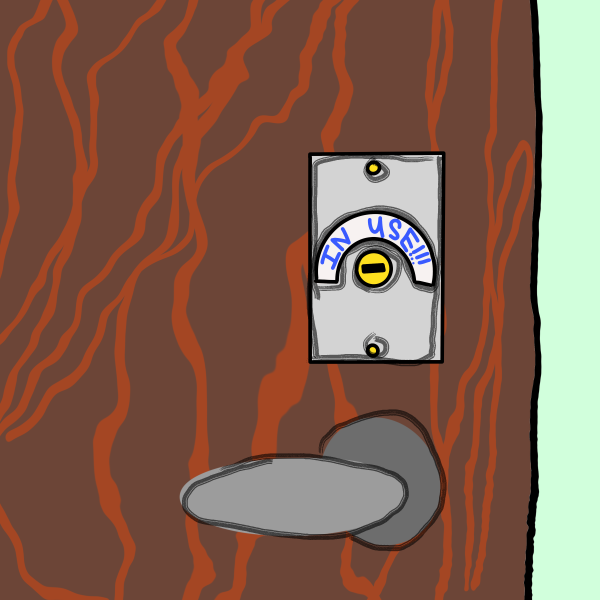Hamline Plan or Scamline Plan?
Is the Hamline plan encouraging the effective implementation of a Liberal Arts education or a profit generating scheme?
November 20, 2019
A liberal arts education is meant to provide students with a vast diversity in curriculum. It offers students a comprehensive educational experience but also encourages a well-rounded socio-cultural perspective. This can provide students with a plethora of opportunities in various fields of study. This is where the Hamline Plan, in theory, is meant to shine.
Hamline focuses on fifteen letters that they claim represent areas that are key to a nationally recognized liberal arts education. According to their website, the Hamline Plan “provides you with a series of applicable skills such as critical thinking, problem-solving, cultural competency, communication, and strong work habits.” I would like to add to that list, a tremendous amount of extra stress.
The list is comprehensive and part of the reason that many of us have chosen to pursue a degree at Hamline but look at that last portion, strong work habits. Although it may be effective in producing a more well-rounded individual, is it specialized enough to help the student flourish in a career?
In my perspective as a mature student, no. I will argue that it may not be exclusively the Hamline Plan that is at fault, but the lack of rigor initiated by some professors, which leaves the student unprepared for the workforce.
Where the Hamline Plan does succeed is in making degree requirements difficult to fulfill, predominantly for transfer students. In the last semester of my senior year, I have finally been able to enroll in an N2 (natural science) course. Perhaps I should have taken the course sooner, but as a transfer student, I have had a lack of opportunity to do so.
Put this in combination with a shortage of offerings, and now instead of taking an internship or dedicating more coursework toward my major, I need to carve out three days a week for a second science course. Although science is incredibly interesting and can be useful, as a non-major, it isn’t providing me with anything that is relevant toward a future career. That might be where the P (liberal education as practice) and Q (independent critical inquiry and information literacy) requirements are meant to fill in.
An online infographic tracks the additions and assessments to the Hamline Plan from 2010 through 2017. It shows that Hamline has continued to add letter requirements through those years, but not reduced or exchanged them.
As I examined each, it became more evident that letter requirements such as the O (speaking intensive) are an oversight on necessity. Is there a strong need for an individual to have TWO speaking intensive courses? Maybe, if it is influential toward their major, something such as communications or teaching. The bottom line is, with every additional letter it becomes increasingly difficult for students to fulfill the requirements. To do so delays degree completion and therefore incurs further costs.
In researching this article, transfer students were quick to give a nightmare story about petitioning courses toward plan letters, and like myself, had struggled to fit in classes that fulfilled Hamline Plan requirements. I understand that transfer students are spending less time at Hamline, but this doesn’t justify the fact that these students need to fulfill the same requirements in a shorter amount of time. Put this in comparison to students that enroll as first years, who said that their PSEO credits covered the majority of their Hamline Plan letters.
According to Hamline’s most recent undergraduate profile, 70% will graduate within six years. This states that 30% will take longer, which is a disproportionately large amount. The issue then becomes degree completion.
The longer that students stay on campus the more money they spend. Scholarships are limited to a certain number of semesters, outside of that, students incur full costs. Additional letters equal fulfillment difficulties, in which students then need to consider J-term classes or additional semesters. This leads to supplementary income for Hamline.
Bottom line is that the Undergraduate Curriculum Committee and faculty appear to have created a plan that promises department security and profit as opposed to student career readiness.






Siri • Nov 22, 2019 at 1:14 pm
Thank god someone else feels the same way. As a transfer student (who also studied abroad as it’s practically a necessity for my foreign language major), the Hamline plan has been a constant thorn in my side. A lack of course offerings has only made it more difficult. Hamline needs to change this system.